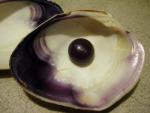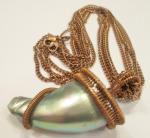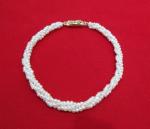The Small Gulf Nation with a Big Pearling History

Bahrain Pearling Path
A fascinating new trail in Bahrain links buildings connected to the ancient trade, which is still being kept alive today.
In a 19th-century coral stone building, adapted by the Dutch-born architect Anne Holtrop with equal amounts of oxidised silver and urban cool, there are thousands of gleaming Bahraini pearls on display, in jewellery created over the past century or so by Cartier. They include cascading rope necklaces, chandelier earrings and giant brooches in the shape of palm trees.
These most mysterious and unpredictable of jewels have been entwined with the history of this Gulf country, between Qatar and Saudi Arabia, since 2000BC. It is thought that a network of freshwater springs — on land and in the oyster beds in the sea — is what makes Bahraini pearls the most sought after in the world, for their overall lustre, size and colour.
The museum is part of the new Pearling Path, a two-mile self-guided trail between buildings related to the pearl industry on Muharraq Island, close to Manama, the capital. It’s a great way to explore the history of this interesting country, and easy to do in an afternoon or morning.
Guided by Bader AlSaad, an art curator arranged by my hotel, the Jumeirah Gulf of Bahrain, I’m led inside a series of restored buildings ranging from old merchants’ houses to mansions of dive captains that feature decorative wooden carvings. Across all 17 buildings on the trail, the less lustrous side of the pearl trade isn’t ignored.
SOURCE: https://www.thetimes.com/travel/destinations/middle-east-travel/bahrain-pearl-industry-jumeirah-gulf-of-bahrain-023v53jhn
Buy Natural Basra Pearls and Natural Basra Pearl Jewelry with DANAT certificates from Bahrain here.
Bahrain Is Building an Oasis for Elite Travelers, and It’s Never Been Easier to Get There: https://robbreport.com/travel/hotels/gulf-air-new-direct-flight-bahrain-1237029100/
Join in and write your own page! It's easy to do. How? Simply click here to return to Pearl News.







